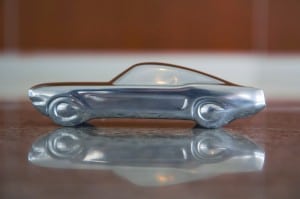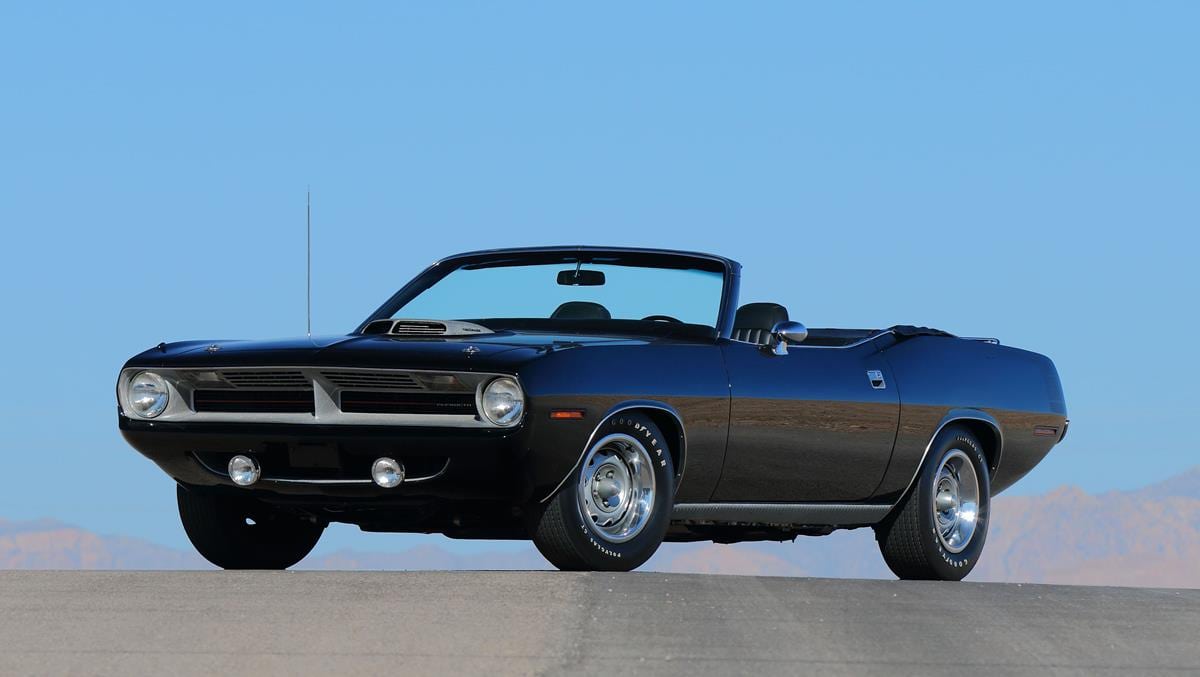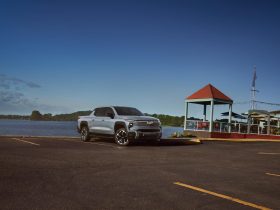Every boy wanted one, and every girl wanted to ride in one.
 When the first Ford Mustang rolled off the assembly line and onto the lots of those lucky Ford dealerships, no one could predict how the vehicle would be received. 1964 saw the United States embroiled in a war that was making the nation weary, and the sexual revolution of the 60s was just taking hold. The largest population of American kids was getting their driver’s licenses, and when they took one look at the sleek and sexy Mustang, there was no turning back.
When the first Ford Mustang rolled off the assembly line and onto the lots of those lucky Ford dealerships, no one could predict how the vehicle would be received. 1964 saw the United States embroiled in a war that was making the nation weary, and the sexual revolution of the 60s was just taking hold. The largest population of American kids was getting their driver’s licenses, and when they took one look at the sleek and sexy Mustang, there was no turning back.
The iconic Mustang made its debut on the winding turns at Watkins Glen to an audience of Formula One drivers and fans. There was no doubt that this curve-hugging, low-slung, lightweight vehicle was destined for greatness. The 1964 ½ model was the introductory vehicle, while the 1965 model went on to grab all the attention of those who loved speed and style. Thus, the pony cars were born, and the American youth was introduced to the muscle car.
Named after the P-51 Mustang World War II fighter plane, the Mustang from the drawing boards at Ford equals the performance and power of its namesake. While its debut rivaled the introduction of the Model A, there was absolutely nothing else about the Mustang that even indicated that it was a relative of the A.
The Mustang was built for performance, and though it underwent a few body style changes in the 1960s, the car remains relatively the same now as it was then. Originally, the car was destined to be a two-seater that would answer the competition call of the Corvette, but since Ford already had the two-seat Thunderbird, the Mustang was given a back seat instead. If you’ve ever tried to put any of your friends in that seat area, then you know that it was a token attempt at best.
The Fastback delivered more room to the back seat area while extending the lines of the vehicle in order to compete more closely with the Sting Ray. Between a larger rear seat and the availability of a convertible top, the Mustang was just built for kids and cruising. The Mustang was reasonably priced if you were a kid with a job and living at home. The $2,000 price tag was within reach, but was not high enough to break the bank. Ford gave it a price-point that would reach their intended audience. It worked.
Over the first few years, Ford beefed up the body and gave the vehicle a V-8 option. There were three body styles, which included the convertible, hardtop and fastback. The 1969 Mustang was given a facelift, and it just looked mean, which some saw as a deterrent to sales. Contrary to those who did not like the smaller grill, the mean 1969 Mustangs outsold a toned down 1970 body style.
The Mustang reached out to a new generation of drivers with the introduction of the Mach 1 and the Boss models. These models were not as well received as their predecessors. They were not as good looking, and they had an extra 800 pounds on them.
Ford has wrestled with the Mustang over the years, but they went back to the original weight, and they have never really lost the Mustang look, even though they are in their sixth generation and have a rounder nose.
The Mustang will always be born to race. Whether it is a sanctioned drag race in Orlando or a back road race for pinks competition, the Mustang has never lost its ability to excite its audience. The Mustang will forever be a road-hugging, adrenaline-pumping machine for anyone who straps themselves into the cockpit of the car. Should Ford suddenly stop producing the Mustang, they will always have the appeal that represents a nation of kids who were awakened to the excitement of speed and performance like no other generation before or since.
There are Mustang Clubs worldwide, and the members are enthusiastic and passionate about their vehicles. The Mustang represents freedom, excitement and what was great about the world after World War II. It’s a feat of engineering geared to a generation of kids with a little pocket change and the desire to experience life to its fullest.







